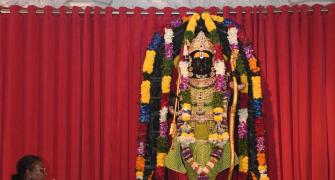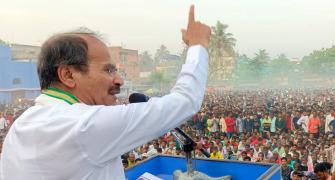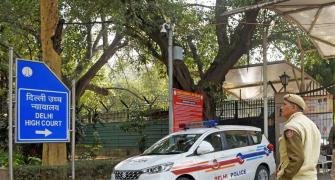Subhadeep Gupta and his colleagues at the University of California, Berkeley, have created a 'blob' of supercooled Bose-Einstein Condensate and have kept it running in circles inside a racetrack two millimetres across. Cold collisions of the slow-moving BEC blobs might reveal new quantum physics, according to the researchers.
Apart from basic physics, the millimetre storage rings could be used as sensitive gyroscopes to detect minute changes in rotation. The Berkeley scientists created the Bose-Einstein condensate of rubidium atoms and nudged it into a particle storage ring analogous to the accelerator storage rings of high-energy physics. This ring is full of cold particles at a temperature of only one-millionth of a degree above absolute zero, traveling with energies a billion trillion times less than the particles in a high-energy storage ring, they reported in a paper to appear in the journal Physical Review Letters.
Bose and Einstein had proposed that if a gas of neutral atoms were cooled to a low enough temperature, they would fall into the same quantum state.
In other words, all the millions of atoms in the gas would end up in the same place at the same time, a weird quantum state dubbed a BEC.
The supercold atoms are created from a hot gas of neutral atoms that is laser cooled, collected in a magneto-optic trap, cooled further by evaporation, and then spun off into a magnetic trap. The first BEC was generated 10 years ago by scientists at the Massachusetts Institute of Technology and the Berkeley scientists are the first to create the BEC in a storage ring. Their device trapped about a million rubidium atoms in a microscopic nebula at the centre of the magnetic trap. The atoms circled the racetrack at a speed of about 50 to 150 millimeters per second. The atoms made as many as 20 laps in the two seconds before dissipating - enough time for Gupta and his colleagues to study them.
External Link: UC Berkeley News







